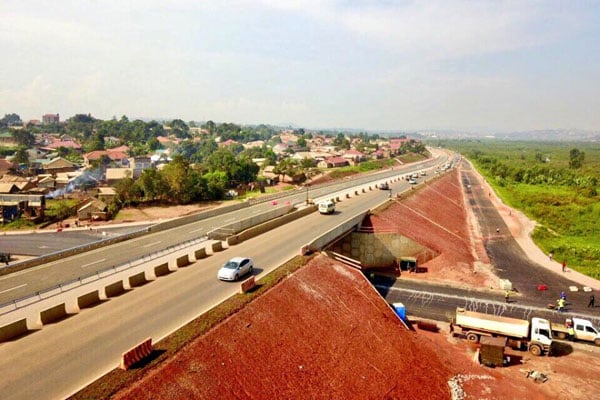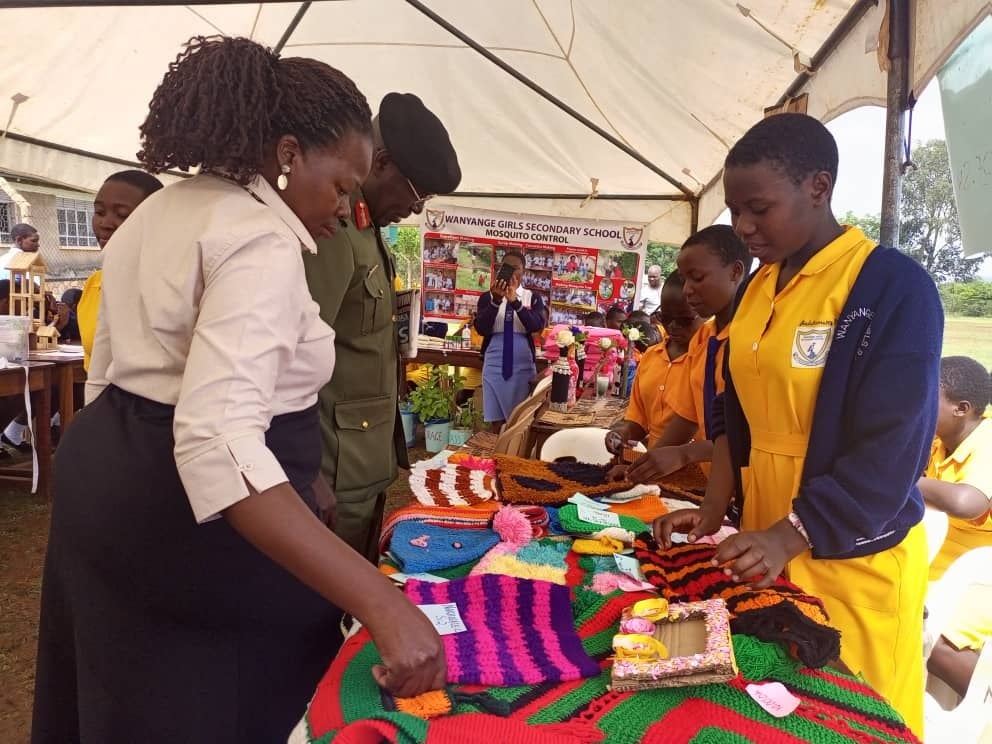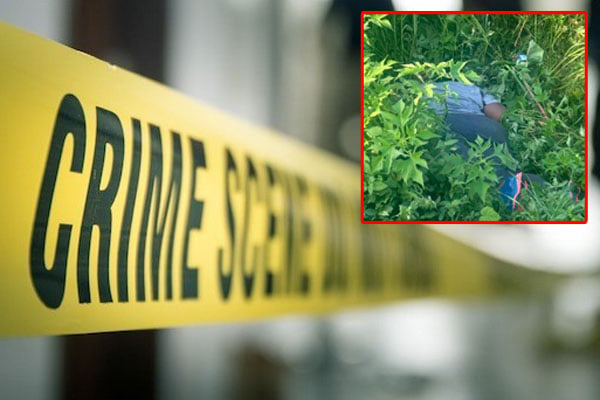Prime
13 years of insecurity on Northern Bypass

Police blame crime on the Northern Bypass on many idle youth from slums who use the wetlands to escape. PHOTO/COURTESY
What you need to know:
- Over the years, police have deployed foot patrols and erected booths on the bypass, among other strategies to fight criminals on the road, but they keep coming back.
When incidents of thugs hitting vehicle windscreens of unsuspecting motorists on Northern Bypass emerged on social media last week, the Commander of Kampala Metropolitan Police, Mr Stephen Tanui, hit the ground running.
Senior commissioner of Police Tanui toured the 23-kilometre bypass from Kireka to Busega township while talking to residents and his commanders, promising to bring peace back to the road.
Since his visit, the deputy spokesman for Kampala Metropolitan Police, Mr Luke Owoyesigyire, has been releasing daily statements indicating the arrest of dozens of suspected criminals behind the attacks.
Mr Owoyesigyire said more than 30 people found with marijuana and breaking implements have been arrested. Both motorised and foot patrols are now visible on the bypass.
Since 2009 when the bypass opened to traffic, violent crime on the road has been high leading to public outcry.
Consequently, the former Inspector General of Police, Gen Kale Kayihura, accompanied by his commanders and journalists toured the road in 2009.
Gen Kayihura ordered heavy deployment of both motorised and foot patrols to deal with criminals.
He also deployed the late ASP Muhammad Kirumira in Kulambiro Police to be in charge of the most dangerous part of the road.
The criminals retreated and so did police months later. The late Kirumira was also redeployed.
The then KMP commander Andrew Sorowen and later Grace Turyagumanawe used the same tactics.
However, the thugs returned and would let the cows scatter in the road, forcing the motorists to stop.
“When the targeted motorists stop, the thugs run with weapons and order the drivers to move out of their cars. The thugs then take money and property before taking off,” Mr James Kalanzi told Daily Monitor.
Then came Assistant Inspector General of Police Andrew Felix Kaweesi (RIP), who replaced Mr Turyagumanawe.
In October 2013, Kaweesi established a police booth nearly every mile after the other on the bypass to fight the thugs.
Police deployed at least 10 officers per each police booth (five each shift) bringing the total number of personnel manning the bypass to 120 with at least three patrol vehicles.
However, the police booths lacked lighting at night, toilets and space to accommodate officers on standby.
Officers also had to commute from their mother police stations to the booths, which strained the institution’s budget.
Police stations that couldn’t afford the maintenance of the officers on the bypass either deployed less officers or deserted the booths. Violence resurged.
Late Kaweesi understood how unsustainable the deployment was when he visited the booths unannounced six months later (March 2014).
Many booths from Kireka to Busega township were unmanned while those that had officers couldn’t respond to incidents because they didn’t have enough manpower.
The late Kaweesi charged the area commanders for negligence of their duties. The charges were later dropped because the circumstances that led to the under deployment of officers were institutional.
In November 2014, Charles Lwanga, a motorist, was shot dead by unknown thugs on the bypass. The nearby police booth didn’t have enough manpower to pursue the suspects.
Crime continued, especially at night and during rush hours, even with the erecting of CCTV cameras after the death of Kaweesi and Kirumira.
Criminals also started targeting undermanned police booths on the Northern Bypass seeking to rob guns.
In 2017, the police council closed many booths due to shortage of manpower, including those on the bypass.
In August 2019, the then director of police operations, Mr Assuman Mugenyi, made a U-turn and ordered commanders to reoccupy them.
“Most of the police booths under your respective AORs (area of responsibility), remain unutilised to date. Some have been turned into business kiosks and others are dens of thugs,” Mr Mugenyi wrote to the commanders.
“With immediate effect, all police booths within your area of responsibility must effectively be utilised and manned 24 hours and seven days without any further unnecessary excuses,” he added.
Attacks increased during the Covid-19 lockdown despite numerous police roadblocks.
In March last year, a lawyer, Mr Alex Luganda, said on his social media platform that they were attacked by a gang and robbed on the bypass just metres away from the police roadblock.
The police discovered that the gang hired a taxi that they would occupy and alight whenever they got a target.
Mr Owoyesigyire said they arrested some suspects and in their investigations, the group is “highly organised”.
A former police regional commander, who covered part of the bypass, said the road was constructed in a slum area with so many delinquent youth and partly in a wetland. The wetlands contribute escape routes for the criminals after the law-breaking.
Mr Allan Ssempebwa, the spokesperson of Uganda National Roads Authority, said lights will be erected at the interchanges and junctions on the bypass.
“The crime on the road is a concern to us. There is a need for concerted efforts to support each other to weed out crime on the Northern Bypass,” Mr Ssempebwa said.
No lighting, cameras
Mr Luke Owoyesigyire said one of the biggest challenges is that the road is so dark at night. “We need lights on the road, especially at the interchanges and junctions where vehicles slow down,” he said.
He said the short time solution is to deploy where vehicles slow down and in other isolated areas. Despite the traffic on the bypass, it has few CCTV cameras, a source said.
“Where there are CCTV cameras, we need lighting to be able to capture incidents at night. The lights are there,” the officer said.




